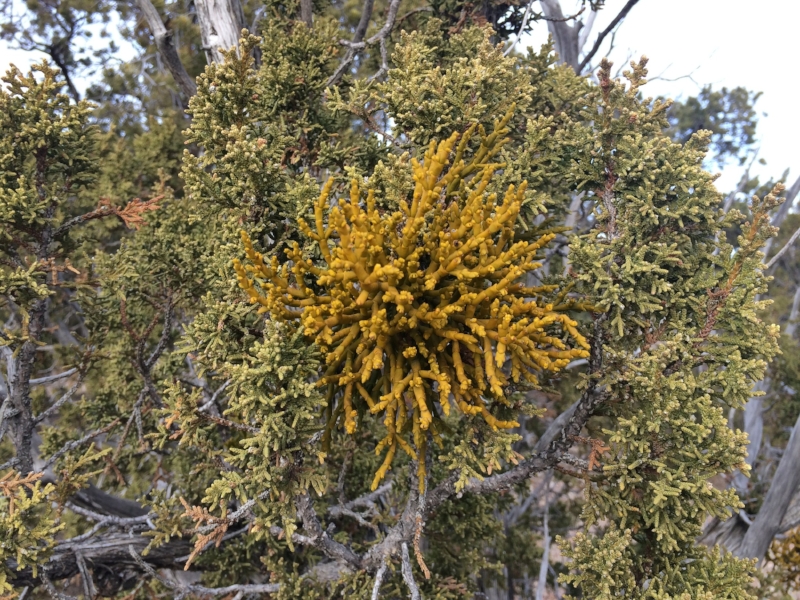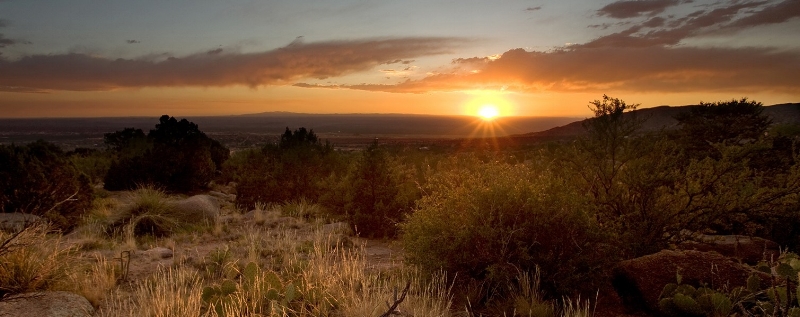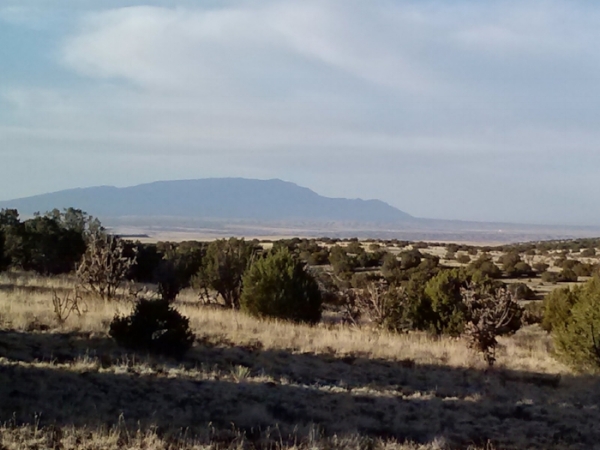Grief: Lessons from the Juniper by Michelle Katz
On a walk, I picked up a small pine cone, the size of dime. I held it in my hand, its jagged edges and roundness meeting me. I began to look at it deeply, with all its complexity, its wild texture and pattern, its wounds and holes, its ups and downs.
These past few weeks I have found myself in a deep state of grief. I approached this through the gate of personal sorrow. The depth and duration speak to me of a grief, not only of one life-changing event, but many: all relationships that ended, grief of the earth, the grief of shame, neglect, not being enough, the grief of the many people who are not able to grieve, and the story that grief is always with us in every waking moment but we hardly ever acknowledge it walking around with us day in and day out. Grief comes to me personally, but when it comes, it’s so great I know what I am feeling is bigger than me. What I feel is universal.
In a world full of so many distractions: cellphones, computers, tv and movies, people to call, things to do, emails to write, silly things to buy, so on and so on, each one beckoning us to stay away from diving into the grief. I choose to continually challenge myself to not distract, but to be with. It’s not always easy, and sometimes I slip, checking Netflix or Amazon, but again and again I take myself to a place of consciously choosing to sit in this wildly uncomfortable place.
There is a reason for our apprehension to sit with grief; it is dreadful, sorrowful, it is heartbreaking, heart-rendering and vulnerable and it is just as much rich. There is a reason to sit with grief: the world needs us to, it grounds us in our humanity, it brings us to a greater knowing of self and the world around us. Poet Kahlil Gibran said, “The deeper that sorrow carves into your being, the more joy you can contain.”
In the moments of not distracting, I find myself in a very particular state. Most notably, it is a state of being slow, like the whole world and I stay completely still for hours at a time. If I move, I move in a lingering manner, in a 5-10 below the speed-limit manner, in the way that a walk that takes me 20 minutes suddenly takes 40. In a way that the rocking chair feels fast paced at times. Though its movement doesn’t take me anywhere but to myself. It is comforting and offers a great steady view of the mountains. Time feels lost. It is hard to meet the day from this place. There is this feeling of being estranged from the world. Some other presence seems to take over, a presence that leaves me feeling humbled and brings me down to my knees. This is also the essence of the experience of grief for me. It brings me down to the ground. I can spend forever laying on the earth, watering planet generously with tears. Francis Weller points out that the word grief comes from gravity and being on the ground.
This past weekend, I spent much of my time laying on the large patch of fake grass (after all, we are in the desert) on the front patio that I had intended for my dog. But there is something that called me to the ground and something about the grass felt comforting in this time, perhaps for the nostalgia of my upbringing in Ohio. I would lay on the earth for hours, knowing grief’s depth. The sun would come and go, my Fitbit would call for me to move every hour, the wind would blow in its wild way, the birds would swoosh busily in the morning, chirp at dusk, and quiet as it grew too hot. I stayed, the earth knew me well there, and I, it. Together we’d watch the day, me following the earth’s pace.
I went for one of those 20 minutes walks that took about an hour. That is when I picked up that small pine cone. I found myself needing to stop and sit on the earth again, a shady spot along the arroyo wall. I drew in the sand with my dog sitting beside me and occasionally stepping into my art. There it was, the pine cone, speaking to me of complexity and its relationship to life: patterns of chaos, broken bits, prickly and smooth, up and down. Then, I looked up to its place of origin. The Juniper tree above me does not produce such cones. I admired this Juniper nonetheless, as I always do, because there is something striking about it. I looked across from where one of its branches touches the ground, and I saw all this plant matter that was piled up and wrapped around it. I knew which way the water flowed in this arroyo by the way the old natural debris stuck to the branch, but it’s been far too long since we have seen water here. I wondered if it’s because humanity had stopped spending time to grieve. I wonder if the earth needs us to grieve to bring the waters back, because without that, we all end up stuck in motion on the branch that stops us. We all dry out and seem stiff and easy to break when touched.
Then, I looked at the whole of the Juniper. This was not the only branch that touched the earth, nearly half of them did. I saw the wound of what must have been a lightning strike that split this tree, bringing these branches to the earth, creating a cave like structure that I found myself sitting under for shade and comfort. I saw its roots along the arroyo wall twisting and turning and spreading wide across and deep into the earth. I felt the fibers of its bark and roots, and felt the truth of the axiom “as below, so above, as within, so without.”
My gaze then moved to the Pinon beside it, where the pine cone came from. I took time to observe their relationship. The roots intertwined but were clearly different, one going more deep, the other spreading more wide. I took note of the different pine needles, the berries vs. cones. The Pinon was clearly more vibrant, stood more tall, produced more green. The thing that struck me the most though, was the way they touched. You see, one of the Juniper branches that came to kiss the ground took a Pinon branch down there with it.
I began to think of the wisdom of the Juniper, and the courage of its action. For all things, at some point or another, must come to meet the earth, and it is always best if they do not do so alone. Grief needs community. This, as I realized, is why this Juniper strikes me as so beautiful. Though the Pinon seems to be healthier and vibrant, the Juniper seems to embody a soulfulness, that the Pinon does not, for the Juniper’s knowing of grief is different, intimate, vulnerable. Thus, in this time of deep grief, I take my lesson from the Juniper, to go slow and to be close to the ground and this will contribute to my radiance.
Let’s bring the waters back together, let’s make time away from distraction to get low to the ground and grieve together. Join Oaks Counsel for this month’s Day Quest experience: Healing Ground Greif Ceremony.






















